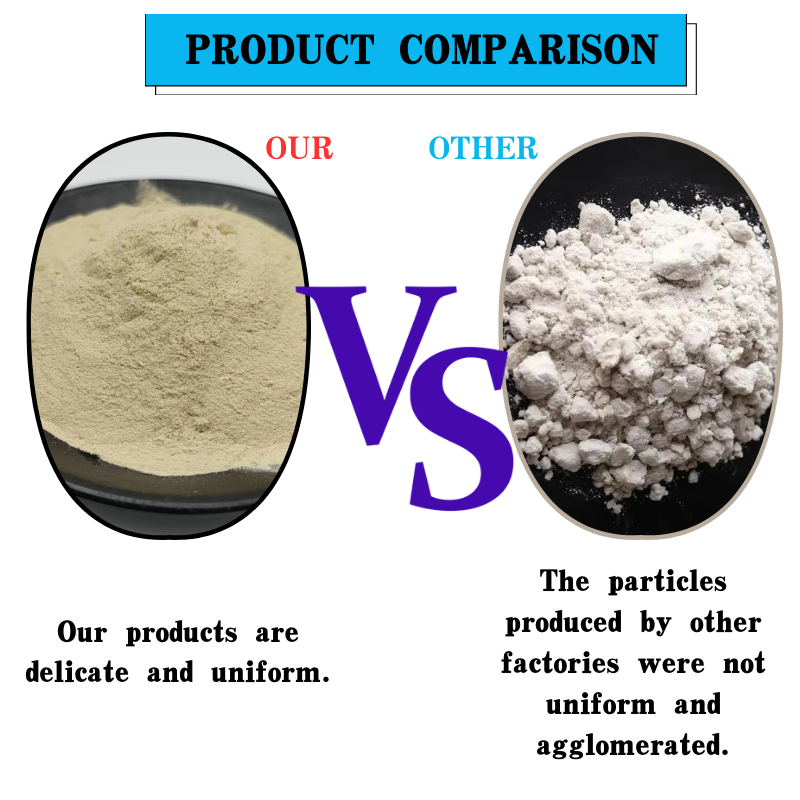
Exploring the Benefits and Applications of Wood-Based Activated Carbon in Various Industries
The Versatile Benefits of Wood Activated Carbon
Wood activated carbon, also known as activated charcoal derived from wood, is a highly porous material that has gained considerable attention in various fields due to its unique adsorption properties. This renewable product is produced through a process that involves the physical or chemical activation of carbon-rich wood materials, resulting in a substance with an extensive surface area and a vast network of pores. These characteristics make wood activated carbon exceptionally effective at trapping impurities, toxins, and gases, leading to its diverse applications across different industries.
One of the most common uses of wood activated carbon is in water purification. Its ability to adsorb contaminants makes it an invaluable resource for both industrial and household water treatment systems. Wood activated carbon can effectively remove chlorine, heavy metals, volatile organic compounds (VOCs), and even certain pathogens, resulting in cleaner and safer drinking water. Its natural origin and high efficacy appeal to environmentally conscious consumers seeking sustainable solutions for water filtration.
In addition to water treatment, wood activated carbon is widely utilized in air purification. Many air purification systems and filters incorporate this material to combat the presence of odors, smoke, and harmful gases. The high surface area of wood activated carbon allows it to capture volatile organic compounds, making indoor environments healthier and more pleasant. As awareness of indoor air quality continues to grow, the demand for wood activated carbon in home and industrial air purification systems is expected to rise.
wood activated carbon

Furthermore, the pharmaceutical industry harnesses the properties of wood activated carbon for medical applications. It is often used in the treatment of poisonings and overdoses due to its excellent ability to adsorb toxic substances in the gastrointestinal tract. Activated charcoal can bind to various drugs and toxins, reducing their absorption in the body and facilitating quicker recovery. Its use in medical settings highlights its importance as an emergency treatment option, illustrating its potential lifesaving benefits.
Beyond these applications, wood activated carbon also plays a critical role in the food industry. It is commonly used in food processing and storage to control odors and enhance the taste of various products. For instance, it can be found in the production of sugar and the refining of edible oils, where it removes impurities and colorants. Additionally, there's a growing trend of using activated carbon in beverages, particularly in the detox drink market, where it is marketed as a detoxifying agent.
Moreover, the production of wood activated carbon is aligned with sustainability goals, as it utilizes renewable wood sources and can be produced from a variety of feedstocks, including sawdust and coconut shells. This aspect not only helps in reducing waste but also supports the circular economy, making it an eco-friendly choice compared to other forms of activated carbon derived from fossil fuels.
In conclusion, wood activated carbon stands out for its remarkable versatility and environmental benefits. From water and air purification to medical applications and food processing, its ability to effectively adsorb contaminants makes it an indispensable material in modern society. As more people recognize the importance of sustainability and health, the demand for wood activated carbon is likely to grow, reinforcing its position as a crucial player in addressing various environmental and health challenges.
Share
-
Premium Pigment Supplier Custom Solutions & Bulk OrdersNewsMay.30,2025
-
Top China Slag Fly Ash Manufacturer OEM Factory SolutionsNewsMay.30,2025
-
Natural Lava Rock & Pumice for Landscaping Durable Volcanic SolutionsNewsMay.30,2025
-
Custom Micro Silica Fume Powder Manufacturers High-Purity SolutionsNewsMay.29,2025
-
Custom Mica Powder Pigment Manufacturers Vibrant Colors & Bulk OrdersNewsMay.29,2025
-
Custom Micro Silica Fume Powder Manufacturers Premium QualityNewsMay.29,2025






